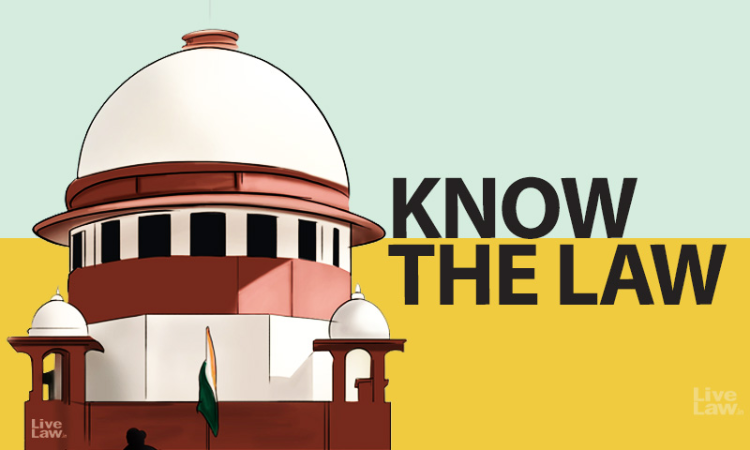Distinction Between 'Acquiescence' And 'Delay and Laches': Supreme Court Explains
LIVELAW NEWS NETWORK
18 Nov 2021 10:26 AM IST

Next Story
18 Nov 2021 10:26 AM IST
In a judgment delivered on Tuesday (16 November 2021), the Supreme Court explained the distinction between 'acquiescence' and 'delay and laches'.The court observed that the doctrine of delay and laches as well as acquiescence are applied to non-suit the litigants who approach the court/appellate authorities belatedly without any justifiable explanation for bringing action after...
